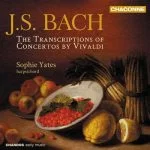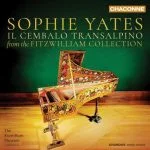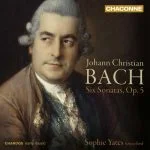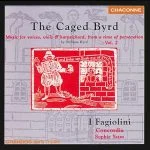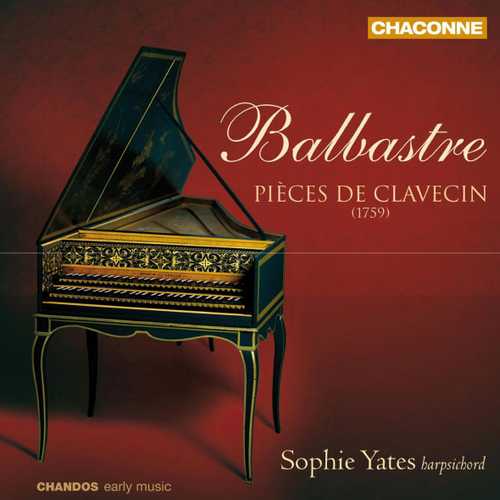
Composer: Claude Balbastre
Performer: Sophie Yates
Format: FLAC (tracks)
Label: Chandos
Catalogue: CHAN0777
Release: 2011
Size: 467 MB
Recovery: +3%
Scan: yes
Pièces de clavecin, Book 1
01. La de Caze, Ouverture: Fierement et marque, anime
02. La d’Hericourt: Noblement, sans lenteur
03. La Segur, Gavotte: Gracieusement
04. La Monmartel ou La Brunoys: Allegro
05. La Boullongne: Fierement et marque
06. La Castelmore, Air Champetre: Loure – Gracieux
07. La Courteille, Air
08. Le Bellaud: Vivement
09. La Lamarck, Ouverture: Vivement, marque
10. La Berville, Gavotte: Gracieusement
11. La Lugeac, Giga: Allegro
12. La Suzanne, Noblement et anime: Gracieusement
13. La Genty, Badine: Gaiement
14. La Malesherbe, Ariette: Gracieuse – Air: Gay
15. La Berryer ou La Lamoignon, Rondeau: Gracieusement
16. La Laporte: Allegro, anime
17. La Morisseau, Noblement
Claude-Bénigne Balbastre, the French composer, organist, and harpsichordist, was one of the most famous musicians of his time. His suite of pieces from 1759 is here performed by Sophie Yates on a harpsichord specially chosen for the repertoire, a double manual instrument built by Andrew Garlick in 1996. It is a copy of a French harpsichord by Jean-Claude Goujon, made in Paris in 1748, which today forms part of the collection of the Musée de la Musique at the Conservatoire de Paris. Sophie Yates has made a series of solo CDs for Chandos, many of which have won international awards. She has been described by Gramophone as ‘hugely talented’ and by BBC Music as playing ‘with exceptional poise’.
In the eighteenth century, aristocratic or, ideally, royal patronage was the undisputed key to an artist’s success. In the case of Balbastre, the young composer was quickly and efficiently introduced to the Parisian musical circles and high society by no less a figure than Jean-Philippe Rameau, and made a brilliant career. He played at the Concert Spirituel until 1782, became organist of the Notre-Dame cathedral and of the Chapelle Royale, harpsichordist to the French royal court where he taught Queen Marie-Antoinette, and organist to Louis-Stanislav-Xavier, Count of Provence, later Louis XVIII, King of France. His fame grew so great that the archbishop of Paris had to forbid Balbastre to play at Saint Roch during certain services, because the church drew excessive crowds whenever he played.
Because of his royal patronage, Balbastre developed a compositional style that displayed strong elements of nobility and grandeur, but there was also a great deal of exuberance, which meant that his works were commonly regarded as more popular than intellectual. The music on this recording takes the form of descriptive ‘pièces de charactère’. Some of them – ‘La Suzanne’, for example – require a sparkling virtuosity, whilst others, such as ‘La Berville’, calls for the sensitivity to create a supple line. The title Giga at the top of ‘La Lugeac’ is a clue to its Italianate vigour, and its infectious spirit shows off Balbastre’s gift for the common touch. ‘La d’Hericourt’ and ‘La de Caze’ are more noble and traditional. By contract, the pastoral style, so very popular in eighteenth-century France, is clearly heard in the so-called Air Champêtre, ‘La Castlemore’.
This collection of pieces was composed at the time when Balbastre was enjoying his greatest success in Paris, just before the old regime and all that went with it came to a dramatic end. It embodies the last flowering of the French harpsichord repertoire.
